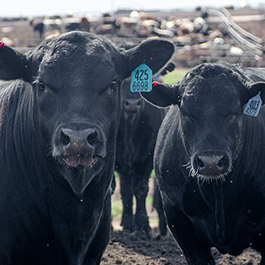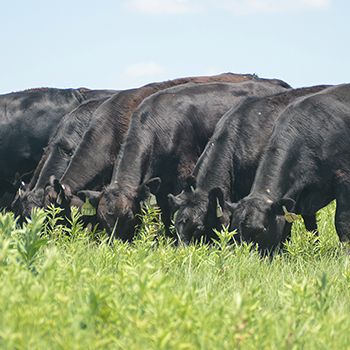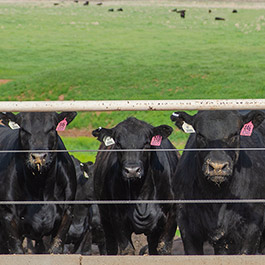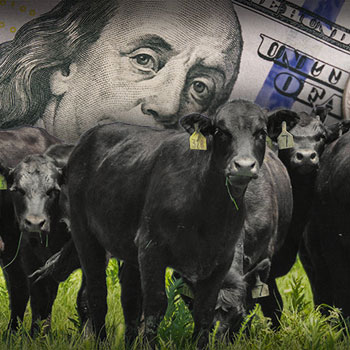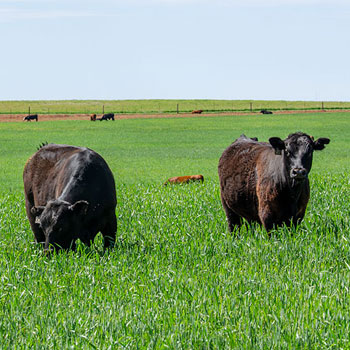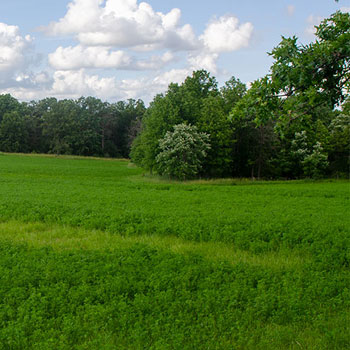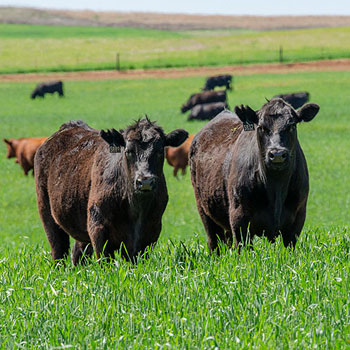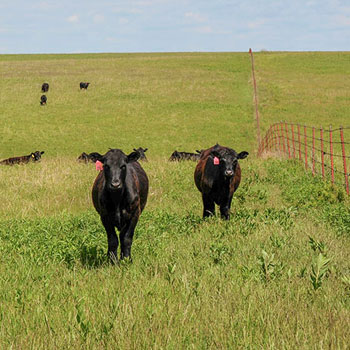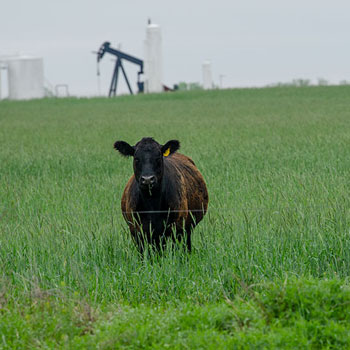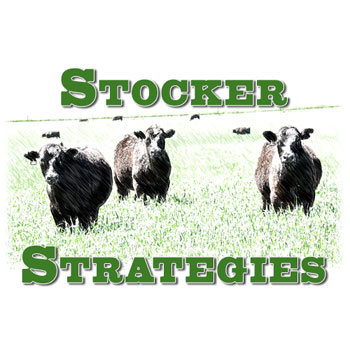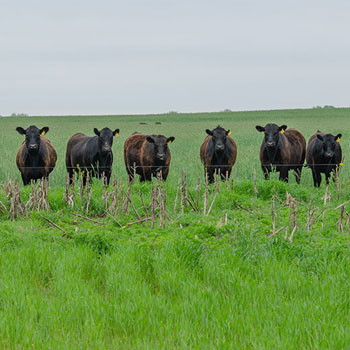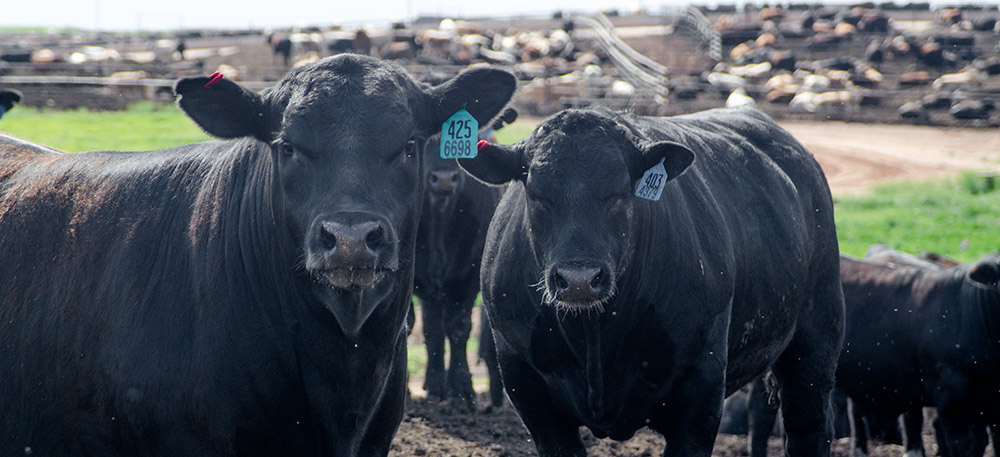
Data at the Speed of Commerce
State pilot traceability projects combine to form national voluntary program.
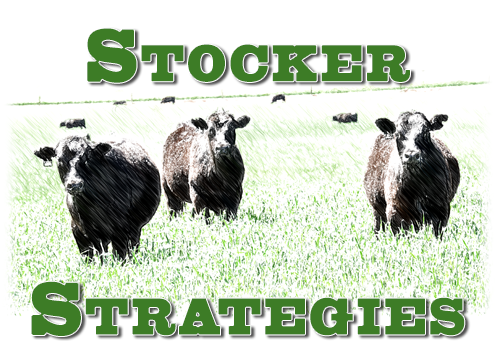
The human pandemic is a huge neon arrow pointing to the need for traceability. Knowing the origins of the disease and its movement helps keep people and animals safe. The same can be said for the cattle industry. Coronaviruses are nothing new to livestock, but COVID-19 illustrates that diseases can mutate and spread rapidly. African Swine Fever (ASF), avian flu, and foot-and-mouth disease (FMD) are all looming threats to our nation’s protein supply. Having a traceability system in place will help mitigate long-lasting effects.
However, traceability has been a contentious issue in the past, with issues of mandated vs. voluntary, federal- vs. state-regulated, burden of cost, and more. Amidst this turmoil, several states got together and formed pilot test projects. Texas, Florida and Kansas all created their own versions to study the most useful system for their respective regions.
Last fall, the coordinators of each project met to combine the best parts of each system into one, U.S. CattleTrace. With this coordination between states, insight on differing sectors and interstate travel is offered.
Bob Larson, veterinarian and professor of clinical sciences at Kansas State University, explains there is actually a current traceability system in place, but it focuses on adult cattle that cross state lines and traces them back to their breeding herds. This is largely a paper-based system and has been used to fight the spread of brucellosis and tuberculosis. However, the new U.S. CattleTrace system uses available technology and includes more segments in the industry, especially those more apt to travel, such as feeder cattle.
U.S. CattleTrace uses ultra-high-frequency ear tags and readers — though backtags and low-frequency tags were also tested in the pilot projects — to collect data points. Cassie Kniebel, program manager for U.S. CattleTrace, says two major objectives came out of the pilot project managers meeting last fall. It was clear minimal data points should be collected for privacy concerns, and the system needs to operate at the speed of commerce.
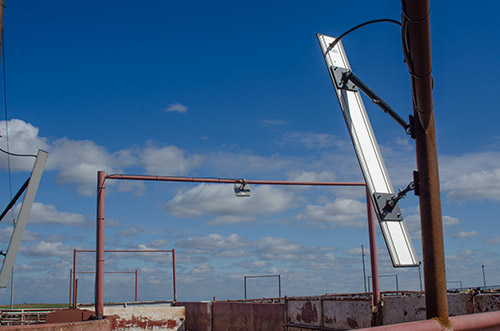 |
| U.S. CattleTrace uses ultra-high-frequency ear tags and readers — though backtags and low-frequency tags were also tested in the pilot projects — to collect data points. |
So, readers collect the date, time, location and animal ID number, she says. All data collection is hands-free, so once the calf is tagged, no more physical labor is needed. The readers scan the ultra-high-frequency tags like highway toll readers now read vehicle tags without the vehicle having to fully slow down.
The program has been working on mock tracebacks to simulate response to a disease outbreak to ensure real-world application, she notes.
More states are joining the voluntary U.S. CattleTrace all the time, and Kniebel says the infrastructure and partner footprints are getting larger. More sale barns and feedyards are installing readers. More cattlemen are purchasing the ultra-high-frequency tags, but there is more work to be done. Ten states have already partnered or have readers installed, with discussions happening in three more states. There is plenty of opportunity for more states to get involved.
For more information on joining U.S. CattleTrace, visit uscattletrace.org.
You can hear Kniebel talk about U.S. CattleTrace in this BCI Cattle Chat podcast at the 4:00 mark.
